Written by Lorrie Reynolds
Categories
“My dog will touch the fit disk with his rear feet, but immediately moves forward. What do I do?”
“My dog doesn’t consistently touch my hand with his nose. Sometimes he touches, but other times he gets close and then looks at me.”
“I can’t get my dog to drive forward after the weave poles. She gets to the end and turns back.”
“My little dog is struggling with heeling. She wants to bounce rather than walking.”
Dog Training Questions With a Common Answer
At first glance, these all look like very different problems. One dog needs to learn duration, another forward drive, and the heeling dog might need some self-control. Surprisingly, in all four of these cases, the solution ended up being the same thing – reward placement.
Increasing Duration by Rewarding in Position
Troubleshooting dog training issues is often a game of 20 questions. For the dog who wouldn’t stay on the fit disc, we talked about whether he had any issues with walking on different textures, where the disc was in relation to walls or furniture, and whether she was training using pressure of her body and then moving back.
As she walked through her training steps with me, I learned that she was standing a few feet away, and when she clicked for his rear feet placement, she offered her a treat from her hand. The dog had to move forward to get the treat.
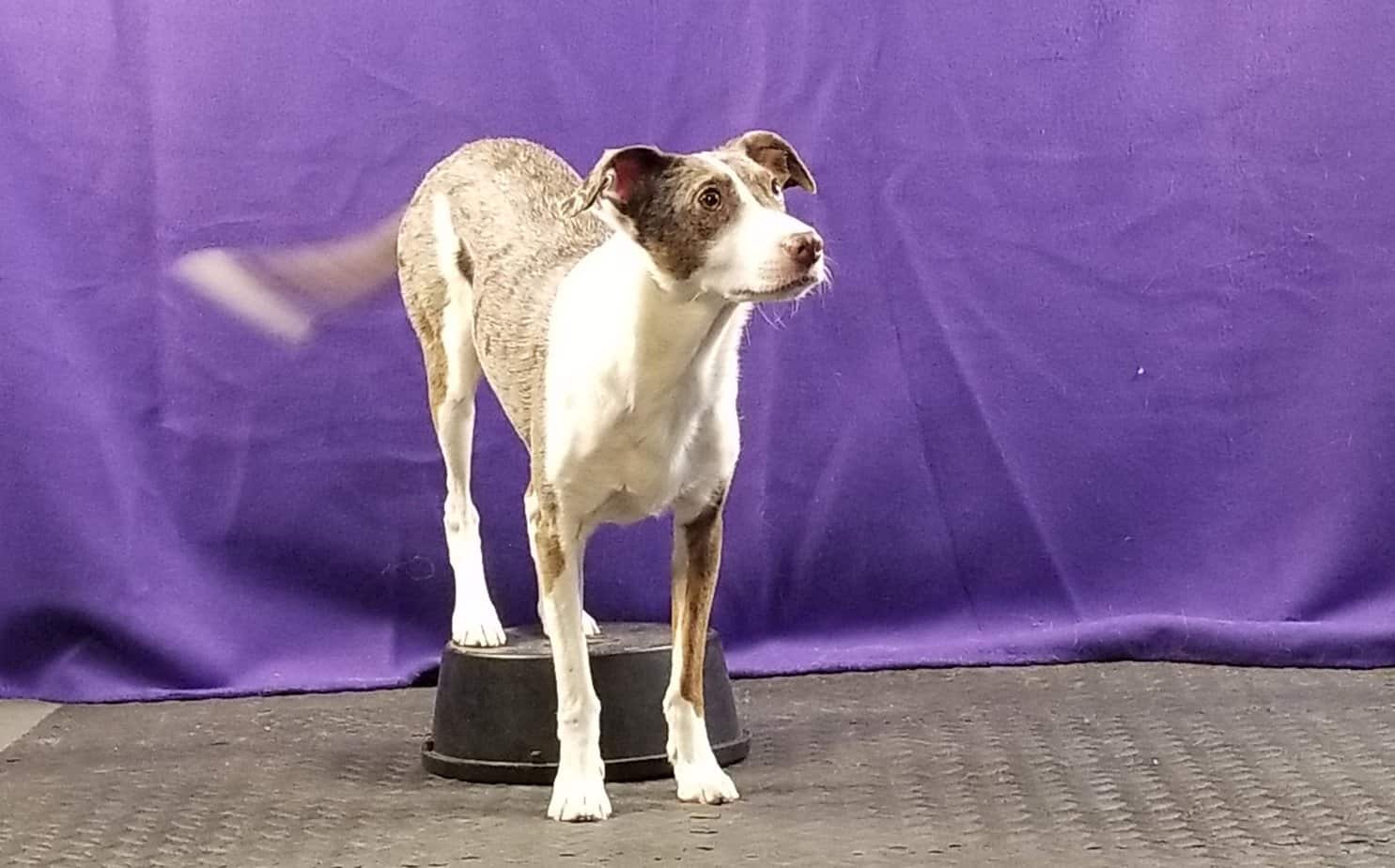
His movement off of the disc was in anticipation of moving toward her to get the treat. Once she started moving in and treating only when his feet were on the disc, he started staying in place. She was then able to move further away and toss the treat to him while he remained on the disc.
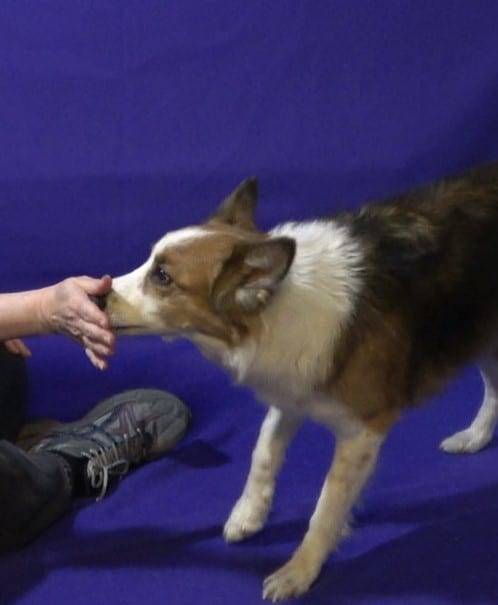
Creating Understanding Through Rewarding Where the Behavior Occurs
The nose touch issue is a very common one. If you reward from the opposite hand instead of the one you are asking the dog to touch, he starts anticipating getting a treat from the other hand, and will at best swipe your hand with his nose, and at worst, just move toward it and then look for a treat. Dropping a treat into the hand he touched will almost always solve the problem.
Changing Reward Position to Alter the Dog’s Focus
When I talked to the handler whose dog was turning back after the weave poles, I learned that she was rewarding success by playing tug. Her dog was racing back to play, and therefore had no reason to move forward to the next obstacle. Alternating between having her at the end of the weaves, tossing a toy forward right before the dog exited and then playing tug, and putting the tug toy after the next obstacle enabled her to cue the dog forward. The dog figured out that the reward wasn’t always behind her and started moving ahead.
Rewarding Without Moving the Dog Out of Position
As for the little dog who couldn’t stop bouncing? The owner was rewarding her out of her hand, and the dog had to hop up on her rear feet to reach the treat. Once she started using a wooden spoon to reward at the dog’s level, her dog quit bouncing up to get the reward.
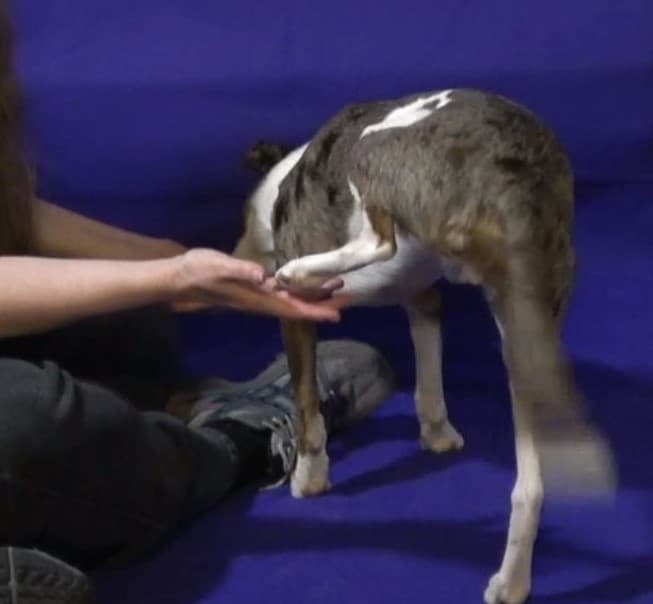
Today’s Tip
When you reward your dog during training, be mindful of the reward placement. The placement of your reward can set the dog up for the next repetition, reinforce the dog for holding or continuing the behavior, or it can encourage movement toward the position or behavior you want. Rewarding behind the dog in agility encourages him to turn back to you. Rewarding over the dog’s head for a down encourages him to get up before being released. Understanding the effect you are having with your reward placement can make your dog training significantly easier.
You Might Also Like…
Five Ways to Crush It at Your Next Dog Agility Seminar
Going to a dog agility training seminar? Check out these five tips to maximize your return on investment!
Read This Before Deciding on Your Agility Dog’s Contact Performance
Which contact performance, running or stopped, is right for your team? The answer might surprise you.
Is Your Agility Dog a Pinto or a Ferrari?
If you’ve moved up from a slow or moderately-fast agility dog to a speed racer, here’s some advice to make your life easier.
My mission is to inspire people not only to create fantastic relationships with their dogs and have fun during training, but also to understand the foundation principles of dog training so they can become better trainers.
Get tips, stories, discounts, and early notification of events and new courses delivered straight to your inbox! Join the community!
Top photo: Copyright 2018 Great Dane Photos. Used with permission.
Second photo courtesy of Howling Moon Photography.
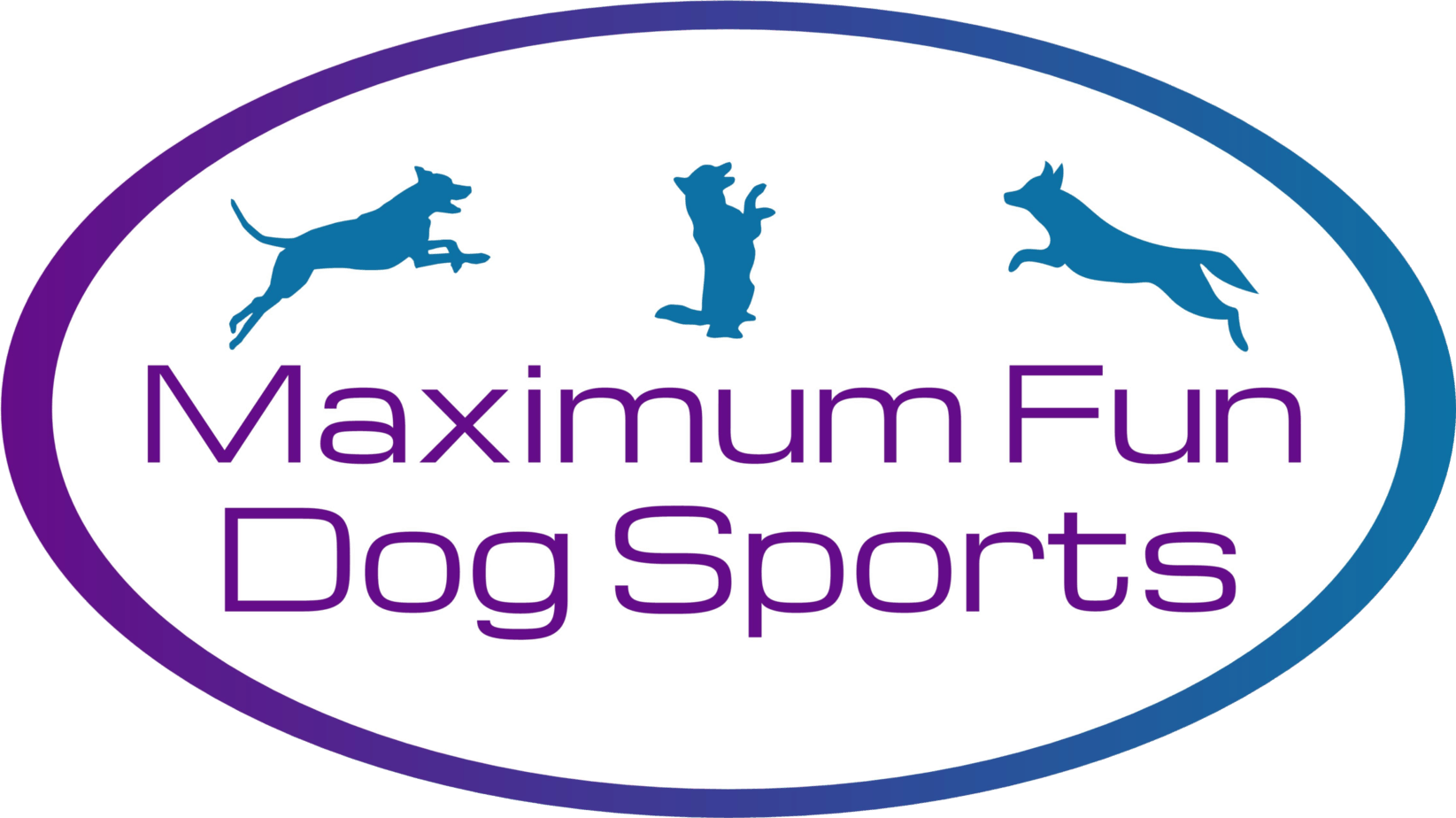
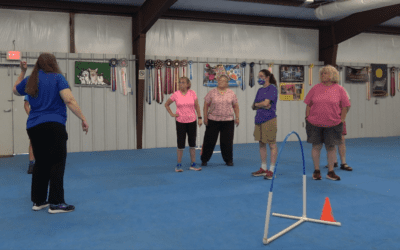
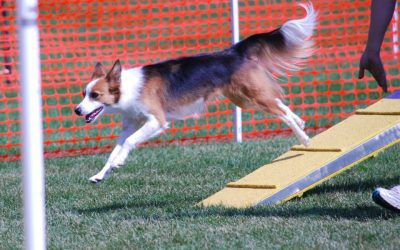
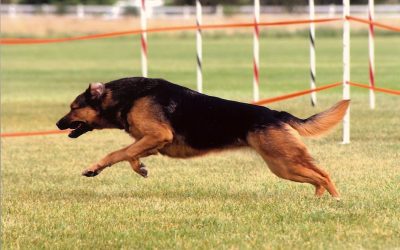
0 Comments